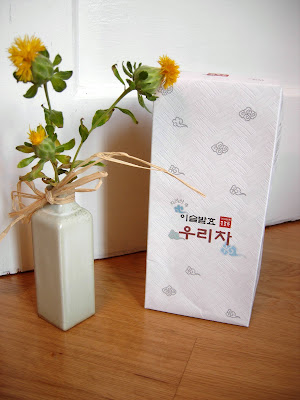There are three different levels of drinking and appreciating tea.
The most superficial and probably the most common way of drinking tea is by simply enjoying the taste of tea. Tea is a beverage, people drink beverages for their taste. This level can be enjoyed without too much thought or energy- tea for what it is, a delicious beverage. Thousands of people around the world enjoy tea in this way everyday without much thought. This is the first level of tea- the enjoyment of its taste.
The secondary level of drinking and appreciating tea is through the use of all senses. At this level people rely on their sense of smell more robustly. They also rely on their sense of hearing, seeing, touch, and of course taste, to enhance their experience with tea. Tea is enjoyed as a result of the interplay of all these senses. Besides the taste of the tea, those who drink tea with all their senses generally value the smell of the dry leaves, the smell of the liquor, the smell left behind in the cup (or the aroma cup), the mouthfeel of the tea, the look of the dry leaf, the colour of the liquor, the look of the wet leaves, and, although not directly connected with the tea itself- the sound of the boiling water, and the pouring of tea and water. Those who drink tea at this sensory level often wish to enhance their sensory experience with the use of specific teaware and techniques which allow for the honing of the full sensory experience with tea. This is the way that most bloggers, connoisseurs, and experts of tea drink it. This is the second level of tea appreciation, the sum of our sensory experience with it.
The deepest and least common way of drinking tea is by sensing its energetic qi level. At this level people go beyond their five senses and touch the deep level of the tea's qi, the chaqi. At this level tea is enjoyed as a result of its vibration within the body and mind, and the affects it imposes on them. Those who drink tea at this level often meditate with it to better sense its nature, movement, and affect on the body and mind. Because not everyone has sharpened such abilities, most people don't drink tea at this level, but everyone is capable at doing so.
Peace














































